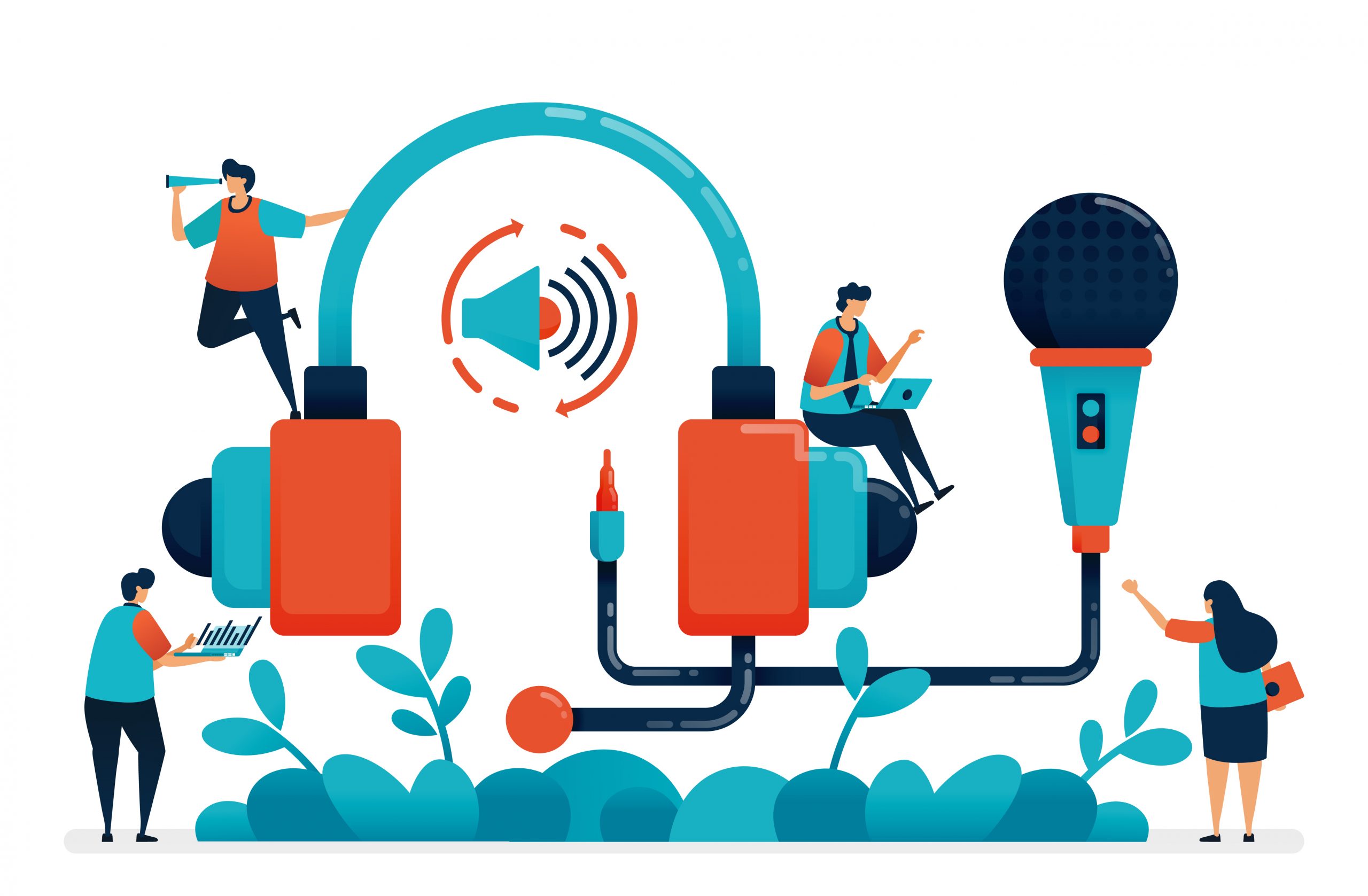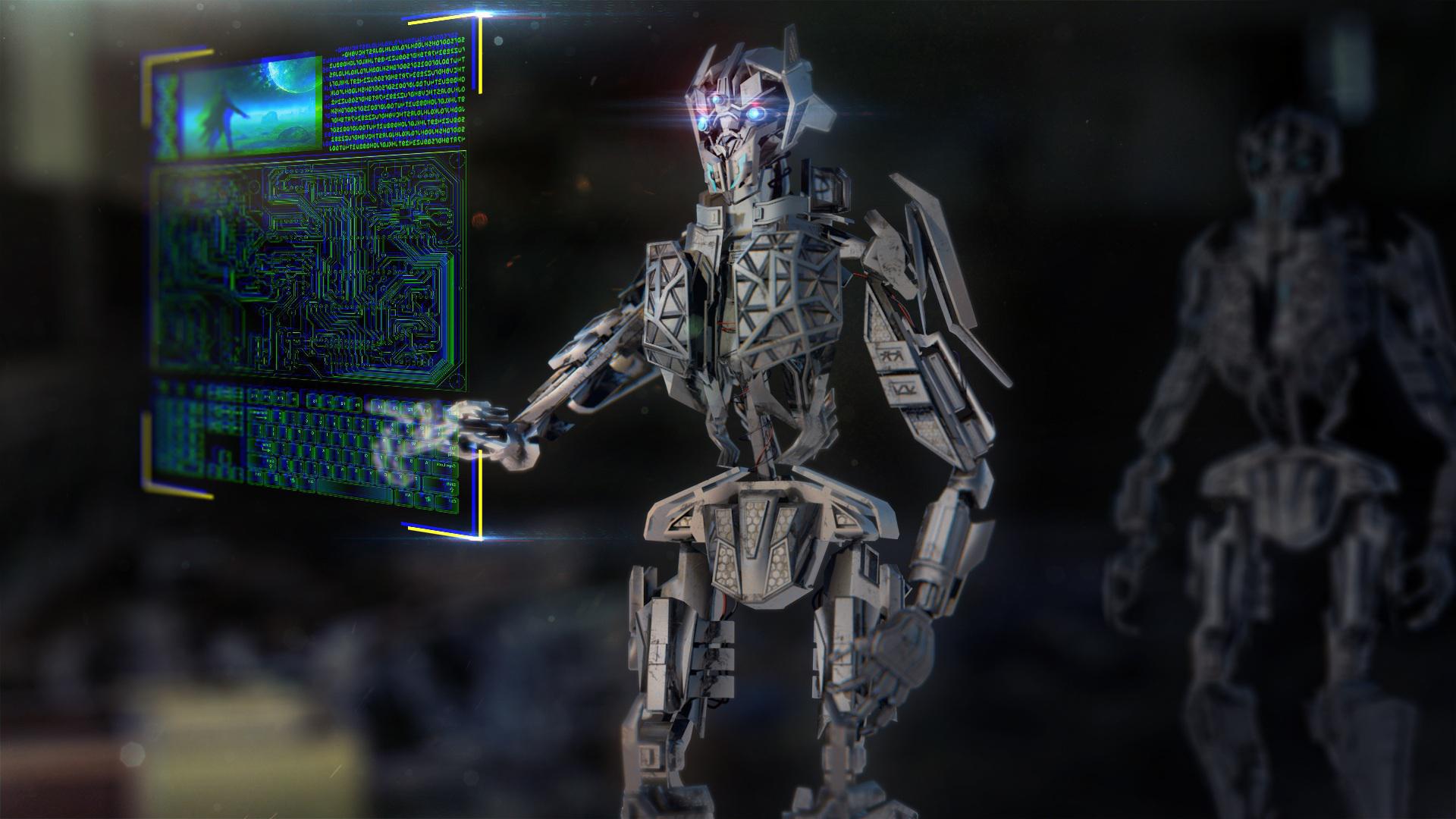As the world becomes increasingly reliant on technology, artificial intelligence (AI) and chatbots have emerged as key players in many industries.
But with the rise of these advanced technologies comes the potential for mass unemployment, as AI and chatbots are able to automate tasks that were previously performed by humans.
In this article, I will explore the current state of AI and chatbots and their potential impact on employment.
First, let’s define what we mean by AI and chatbots. AI refers to the ability of a computer or machine to perform tasks that would normally require human intelligence, such as learning, problem-solving, and decision-making.
Chatbots, on the other hand, are computer programs designed to simulate conversation with human users through artificial intelligence.
Currently, AI and chatbots are being used in a variety of industries, from customer service to healthcare to finance. They are able to handle tasks such as answering customer inquiries, scheduling appointments, and processing transactions.
While these technologies have the potential to improve efficiency and reduce costs for companies, they also have the potential to displace human workers and contribute to mass unemployment.
This is a major concern that must be addressed as we continue to embrace the advancements of AI and chatbots.
The Potential for Mass Unemployment
As AI and chatbots continue to advance, it’s becoming increasingly clear that they have the potential to automate many tasks currently performed by humans. In fact, some experts predict that AI could potentially replace up to 50% of all jobs within the next decade.
This raises the concern of mass unemployment, as the use of these technologies could lead to widespread job displacement.
One of the main industries that may be affected by the increased use of AI and chatbots is customer service. Chatbots are already being used to handle customer inquiries and resolve issues, and as they become more advanced, they may be able to handle more complex tasks.
This could lead to job loss for customer service representatives.
Other industries that may be impacted by the adoption of AI and chatbots include finance, healthcare, and manufacturing.
AI-powered machines and robots are already being used to perform tasks such as processing transactions, analyzing medical images, and medical diagnoses, and assembling products.
As these technologies continue to improve, they may be able to handle more complex tasks, potentially leading to job loss for workers in these industries.
It’s important to note that the potential for mass unemployment is not a certainty. However, it is a concern that must be taken seriously as we continue to embrace the advancements of AI and chatbots.
Companies and governments have a responsibility to consider the potential consequences of adopting these technologies and to take steps to mitigate any negative impacts on employment.
The Ethical Considerations of AI and Chatbots
The rise of AI and chatbots raises important ethical considerations, particularly in terms of the impact on workers and their livelihoods. As these technologies are able to automate more tasks, there is a potential for widespread job displacement and unemployment.
This could have significant consequences for affected workers and their families, who may face financial insecurity and a lack of job opportunities.
In addition to the impact on workers, there are also ethical considerations surrounding the use of AI and chatbots more broadly. For example, the use of AI in decision-making processes, such as hiring or loan approval, raises concerns about bias and fairness.
There are also concerns about the potential for AI to be used in ways that harm or exploit people, such as in the development of autonomous weapons and the launch of cyber attacks.
Given these ethical considerations, it is important that companies and governments take responsibility for addressing the potential consequences of AI and chatbot adoption.
This may involve regulatory measures to ensure the responsible and ethical use of these technologies, as well as efforts to support affected workers through retraining and education programs.
It is only by considering the potential impacts of AI and chatbots on all stakeholders that we can ensure their responsible and ethical use.
Steps That Can Be Taken to Mitigate the Potential Negative Impacts of AI and Chatbots on Employment
While the potential for mass unemployment due to the adoption of AI and chatbots is a concern, there are steps that can be taken to mitigate the potential negative impacts on employment.
One important step is to provide retraining and education programs for affected workers. This can help ensure that workers have the skills and knowledge needed to transition to new roles or industries.
Governments and companies can also work together to provide support for affected workers, such as financial assistance and job placement services.
Another important step is to ensure that AI and chatbots are used ethically and responsibly.
This may involve launching awareness programs and regulating the use of these technologies to prevent abuses and ensure fairness, as well as promoting transparency and accountability in their development and deployment.
Finally, there may be a need to regulate the use of AI and chatbots to prevent widespread job displacement.
This could involve measures such as requiring companies to demonstrate that the adoption of these technologies will not result in significant job loss, or setting limits on the use of AI and chatbots in certain industries or for certain tasks.
By taking these steps, we can help ensure that the adoption of AI and chatbots is balanced with the protection of human workers and their livelihoods.
Bottom Line
As expressed, the rise of AI and chatbots brings with it many potential benefits, including improved efficiency and cost savings for companies. However, it also raises concerns about the potential for mass unemployment due to the automation of tasks currently performed by humans.
We must carefully consider the impact of AI and chatbots on employment and take steps to mitigate any negative consequences.
This may involve providing retraining and education programs for affected workers, ensuring the ethical and responsible use of these technologies, and regulating their use to prevent widespread job displacement.
Finding a balance between the use of AI and chatbots and the protection of human workers is essential. By doing so, we can ensure that the advancements of these technologies are a positive force for society rather than a source of disruption and inequality.
By Temidayo Jacob @temidayo.
Source HackerNoon





